Connecticut’s Prison System Overview
Connecticut’s prison system is like a crowded theater—packed and buzzing. With an incarceration rate of 326 per 100,000 people, it’s higher than most democratic countries. Over 11,000 individuals are behind bars, and mass incarceration has been a 40-year trend. Racial disparities loom large, with Black and Latino communities hit hardest. But some positive steps are underway. Connecticut has made prison calls free, easing the financial burden on families. The state has also tackled prison gerrymandering, counting inmates as residents of their home areas. These changes aim to improve the justice system and offer a glimmer of hope for fairer representation. Connecticut Public Radio often discusses these pressing issues.
The Growth of Imprisonment Rates
Rising imprisonment rates have reshaped Connecticut’s community map. This growth of incarceration ties into broader national trends of mass incarceration. The resulting strain on family dynamics is a reality many face. These policies have created a larger, more entrenched system of justice.
Connecticut’s approach includes addressing prison gerrymandering by counting inmates in their home communities. The aim is fairer political representation. In an effort to ease burdens, initiatives like free prison calls have also taken root. This change supports family connections, reducing isolation felt by inmates.
The justice system in Connecticut continues to evolve, though challenges remain. Innovations focus on reducing recidivism and improving rehabilitation. Yet, the role of policies in shaping the system isn’t without critique.
The state’s efforts are part of a national dialogue. They highlight contrasts between the U.S. and other countries. Policies remain a topic for reform, constantly in the spotlight.

Overrepresentation of People of Color
The skewed representation of racial groups in Connecticut’s justice system is alarming. People of color, particularly Black and Latino individuals, are disproportionately affected by mass incarceration. This gap is not just a statistic—it’s a lived reality impacted by unequal sentencing and biased law enforcement. How did it get to this point? Policies that unintentionally or otherwise target minority communities play a big role. The Prison Policy Initiative highlights these disparities, urging reforms to address root causes.
Notably, steps like Connecticut Prison Calls becoming more affordable show a commitment to change. The aim is to keep families connected, lessening the emotional toll of incarceration. Yet, advocacy must continue to push for fairer practices. It’s essential to ask: how can we reshape policies to reflect justice, not bias? By understanding these issues, Connecticut public can drive meaningful change in the system.
Advocacy for Affordable Communication in Prisons
Efforts to make communication in prisons more affordable have gained traction in Connecticut. By eliminating costs for prison phone calls, the state alleviates financial burdens on families. This policy change not just fosters familial connections but also hints at a larger reformative goal. Connecticut’s approach touches on the broader issue of mass incarceration, where exorbitant call costs can isolate prisoners even further.
Interestingly, free prison calls are just the tip of the iceberg. Advocates argue that these steps are crucial for supporting inmates’ mental well-being and societal reintegration. The Prison Policy Initiative champions these reforms, emphasizing their impact on maintaining family bonds. Yet, challenges persist, and Connecticut public must remain vigilant.
Addressing prison gerrymandering and reducing recidivism also require ongoing commitment. The justice system needs continuous evaluation to ensure fairness and equity for all individuals, regardless of their circumstances.
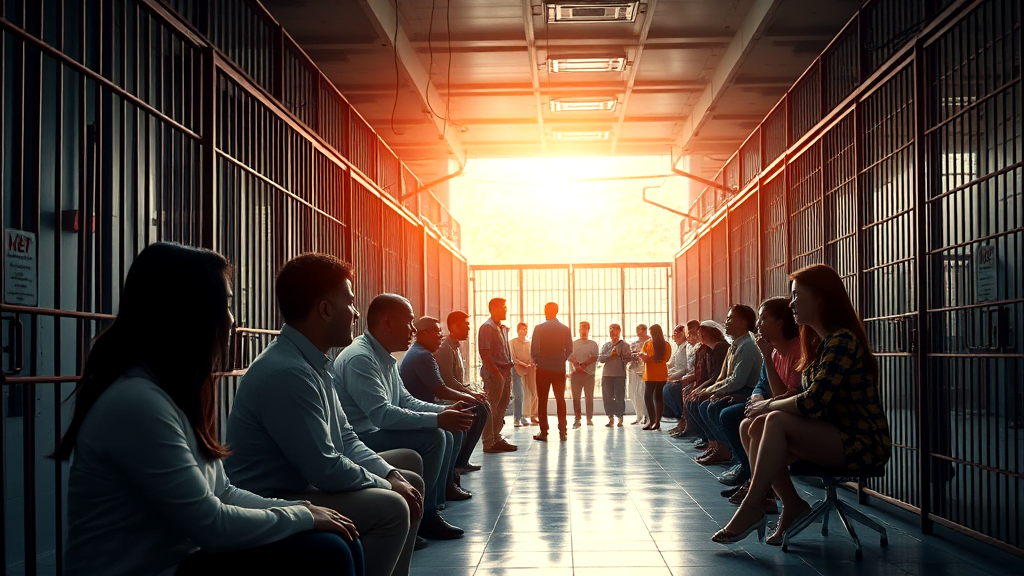
Impact of Prison Gerrymandering
The effects of manipulating district boundaries based on prison locations ripple through Connecticut’s justice system. Shifting the political power balance, this practice distorts fair representation, benefiting areas with correctional facilities. This approach has been a thorn in the side of communities fighting against mass incarceration.
By counting inmates in their home districts, as encouraged by the Prison Policy Initiative, the state ensures fairer political representation. This reform is essential to addressing the broader implications of mass incarceration on democracy.
While the focus often lies on reducing harsher sentences, tackling this issue underscores the importance of equitable political power. Reforming this system can lead to more representative governance, impacting policy decisions that affect everyday lives.
Connecticut public initiatives strive to address such disparities, showcasing a commitment to a just and balanced democratic process. Only time will tell if these efforts will sow the seeds of lasting change.
Innovations in the Justice System
Exploring fresh approaches in the justice arena, Connecticut is shaking things up. The state’s focus on reducing Connecticut Massincarceration has led to some intriguing initiatives. One standout move is the policy of offering free prison calls, easing the financial burden on families. This not just fosters connection but also aids in emotional well-being.
Recent efforts include tackling prison gerrymandering. By acknowledging inmates as residents of their home districts, Connecticut ensures fairer representation. Such changes are influenced by the Prison Policy Initiative and resonate across the state.
Moreover, the state’s public approach to corrections, unlike many relying on private entities, allows for more direct reforms. This state-run model could potentially serve as a beacon for others. Lastly, Connecticut’s shift towards supporting reentry programs emphasizes employment and housing, pivotal for reintegration. These evolving strategies could reshape the state’s justice narrative, offering hope for a more equitable future.
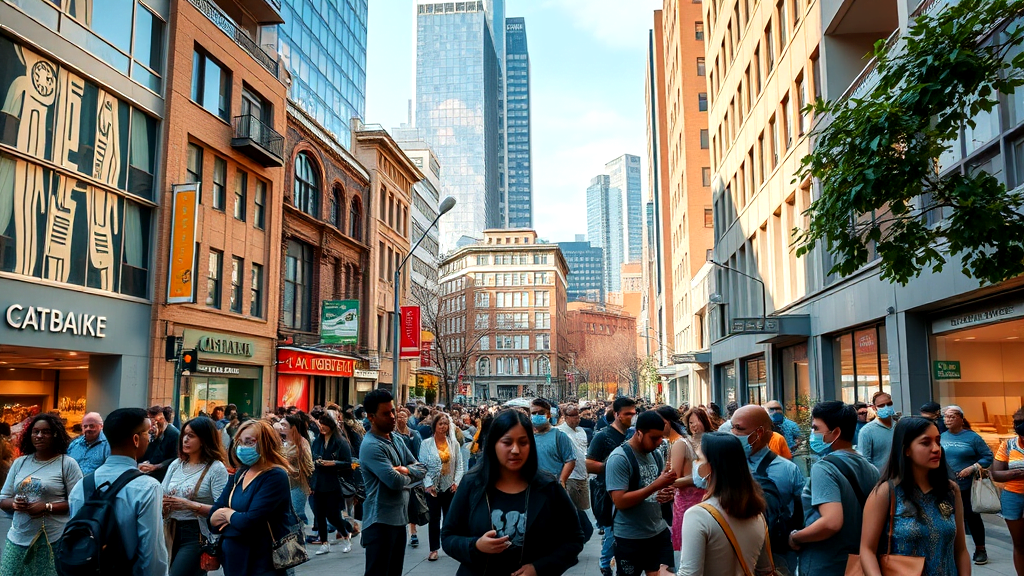
Challenges in Rehabilitating Inmates and Reducing Recidivism
Finding solutions to help inmates rehabilitate and lower reoffending rates in Connecticut is an ongoing puzzle. The state grapples with Connecticut Massincarceration, weaving through complex issues like disproportionate racial impacts and community disruptions. Innovative steps, such as providing free prison calls, aim to mend family ties and ease prisoners’ reintegration. This policy highlights Connecticut’s commitment to reducing barriers for inmates to stay connected with loved ones.
Efforts to address prison gerrymandering further anchor these reforms, ensuring fair representation by counting inmates in their home communities. The Connecticut Public approach, unlike the reliance on private prisons elsewhere, allows for more direct oversight and accountability. These focused strategies offer a glimmer of hope. Yet, despite these initiatives, the challenge remains to create sustainable paths that genuinely support inmates in their transition back into society. More details about these initiatives can be found in MacArthur Justice Center’s release.
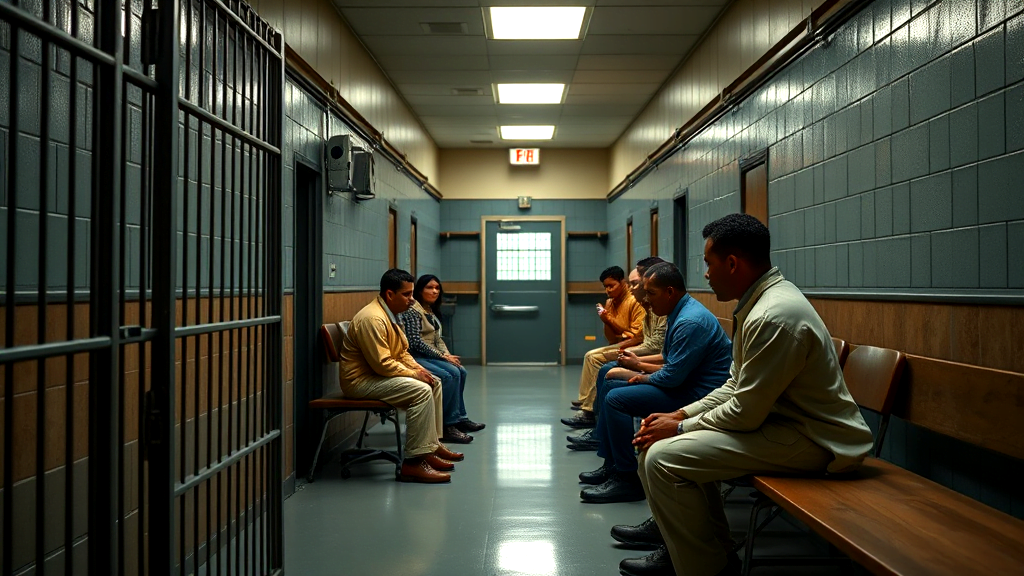
Comparative Analysis: U.S. vs International Rates
Comparing U.S. and international incarceration rates reveals Connecticut’s unique position. With an incarceration rate of 326 per 100,000 residents, Connecticut surpasses many democratic nations. This aligns with national trends of heightened imprisonment, emphasizing the distinctive American approach to crime and punishment.
Connecticut’s focus on prison gerrymandering reform ensures fair representation by counting inmates in their home communities. This effort reflects a broader initiative to address systemic issues. Policies like free prison calls aim to alleviate communication costs for families, further illustrating Connecticut’s commitment to reducing barriers and fostering connections.
The state’s public control over its correctional facilities, unlike other regions reliant on private entities, provides a platform for direct oversight and reform. Balancing innovation with accountability, Connecticut’s strategies spotlight the ongoing challenge of Connecticut Massincarceration. Addressing these issues is key for systemic change, requiring persistent efforts to align with global standards.
The Role of Private Prisons in the System
Discussing private prisons in Connecticut reveals their limited role compared to other states. Connecticut primarily uses state-run facilities, prioritizing direct control over its correctional system. This approach contrasts with regions heavily reliant on private entities, allowing more transparency and potential for reform.
While other states might face challenges with privatized corrections, Connecticut’s path aims for accountability and efficiency. This focus aligns with efforts to address prison gerrymandering, underscoring the importance of fair representation and community ties. Efforts also extend to initiatives like free prison calls, easing the financial burdens on families and fostering communication.
The Connecticut public correctional system provides a unique platform for innovation and oversight. This system bridges the gap between maintaining public safety and nurturing prisoner rehabilitation. By keeping control within state hands, Connecticut can better navigate the complexities of reform and accountability, striving toward improvements in the correctional environment and beyond.


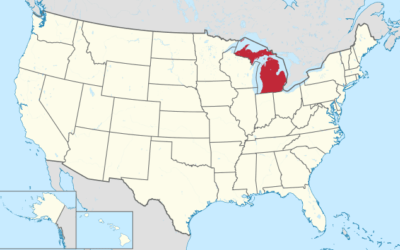
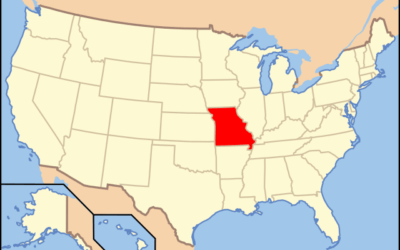

0 Comments